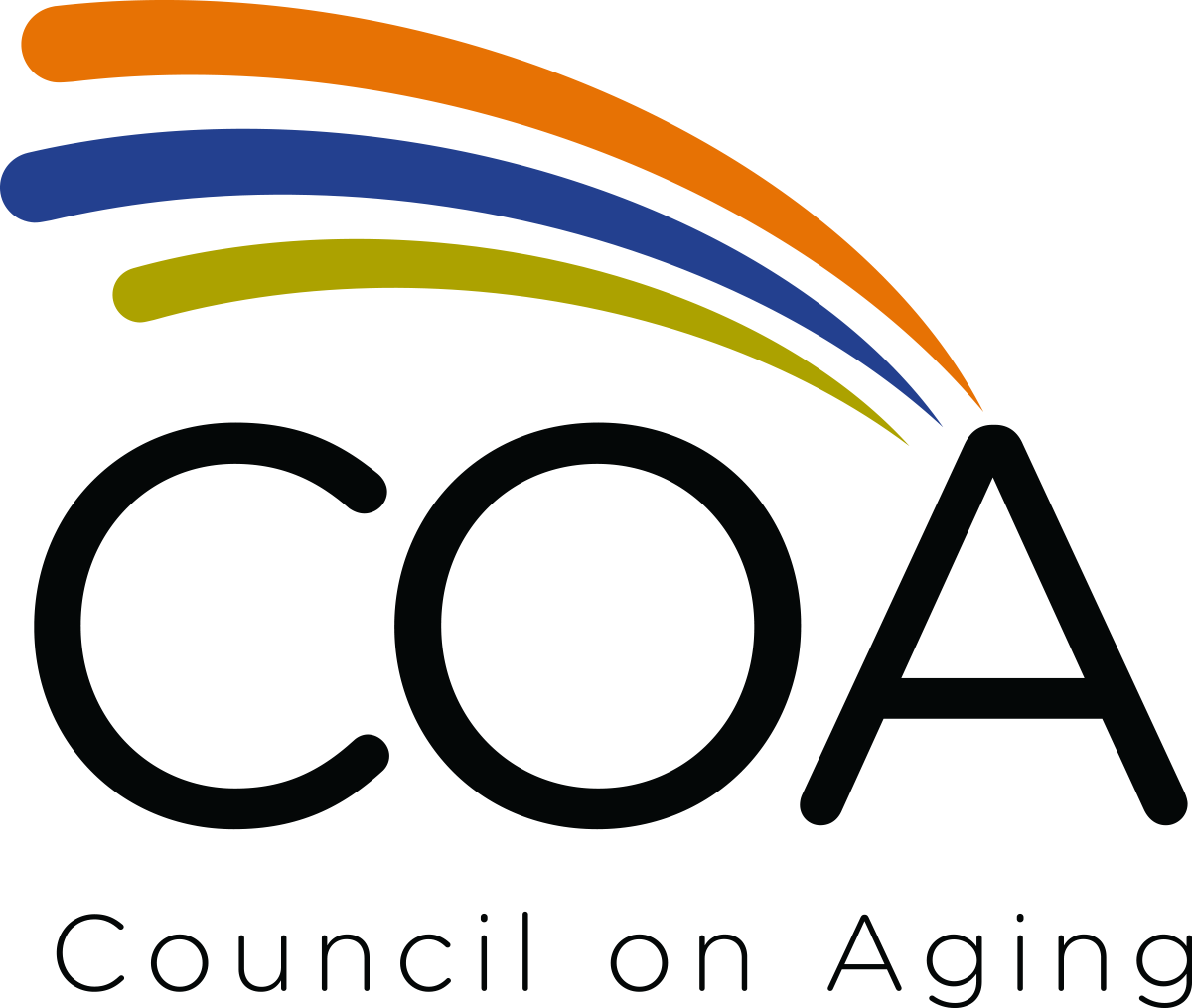Mona E. Glover, Family and Consumer Science Program Assistant The Ohio State University Extension, Clermont County
| Mona E. Glover |
Growing older does not have to be a curse! Older adults can age with grace and maintain good health by being mindful of meal choices and taking time out for physical activity.
Food and beverage are key to good health as literally, we are what we eat! Making selections from foods of plant origin will provide your body with plenty of fiber and necessary vitamins and minerals. This translates to choosing vegetables, fruits and grains for snacks as well as the greater part of each meal. Healthy carbohydrates from these foods will keep hunger satisfied over a longer period of time while providing energy throughout the day.
Protein foods are essential for all parts of a healthy body. Select lean cuts of meat and poultry and include seafood at least twice a week. Adequate protein portions of red meat should not exceed the size of a deck of cards, or a checkbook for fish. Smaller portions help to reduce the intake of saturated fat and cholesterol known to contribute to heart disease. Older adults often overlook the need for dairy foods in their diet and it is very important to include three servings of low fat milk, yogurt or cheese every day to keep bones strong and healthy.
It is not uncommon for older adults to rely on prepared and frozen foods as a diet staple. However these foods contribute added sodium and sugars which, in excess amounts, contribute to poor health. Rely instead on foods purchased from the perimeter of the grocery store and use recipes with easy preparation methods.
Although ascending age may require adjustments in lifestyle, it doesn’t mean eating favorite foods and snacks are off limits! It is a matter of realizing that less physical activity equates to requiring less calories from food during the day. Calories consumed = calories burned is an equation worth remembering! Below are Calorie and Activity Levels Guidelines for adults over the age of 51 to follow:
| Calories Per Day | ||
| Women age 51+ | Men age 51+ | |
| Sedentary | 1,600 | 2,000 |
| Moderately Active | 1,800 | 2,200 – 2,400 |
| Active | 2,000 – 2,200 | 2,400 – 2,800 (1) |
sedentary: lifestyle including only the light physical activity associated with typical day-to-day life
moderate: lifestyle including physical activity equivalent to walking 1.5 – 3 miles/day at 3 to 4 miles/hour
active: lifestyle including physical activity equivalent to walking more than 3 miles/day at 3 to 4 miles/hour (2)
It is recommended that anyone contemplating the need to make adjustments in their eating pattern seek out advice from a medical professional such as a primary care physician or registered dietician. Additional information on healthy food choice and diet can be found at www.choosemyplate.gov/olderadults and www.eatright.org
Keeping Your Brain Tip-Top through Nutrition
An additional concern for many seniors is a growing sense of forget-fullness. What goes on your plate can also have an impact on keeping the mind alert. Studies show it is important to eat wisely for a healthy heart, and science is now suggesting certain foods may be very helpful for boosting memory and brain function.
The Academy of Nutrition and Dietetics encourages including broccoli, cabbage and dark leafy greens as well as blackberries, blueberries and dark cherries in daily meals. These foods contain nutrients protective to the plant during its growth and provide added nutritional benefits when consumed.
Nutrients such as omega-3 fatty acids, found in fatty fish (salmon, tuna, sardines, herring) and seafood, are essential for good brain health. A particular omega-3 fatty acid is present in the brain and it is believed this fat, when present in the diet in higher amounts, can help the brain operate more efficiently.(3)
Choosing to change habits to improve what you eat is in your control. Start small and strive to make modifications that are realistic over the long haul. Eating healthy can be a fun and new adventure as well as an important discovery about how much better you will feel!
Mona E. Glover is a Family and Consumer Science Program Assistant at The Ohio State University Extension in Clermont County.
Citations:
(1) How Many Calories Do Older Adults Need? January 31, 2014. Retrieved from www.eatright.org
(2) Estimated Calorie Needs Per Day By Age, Gender, And Physical Activity. Dietary Guidelines for Americans. 2010
(3) Moore, Marisa, MBA, RDN,LD. November 18, 2016. Types of Foods to Help Boost Your Memory. Retrieved from www.eatright.org
